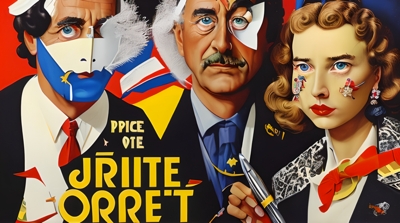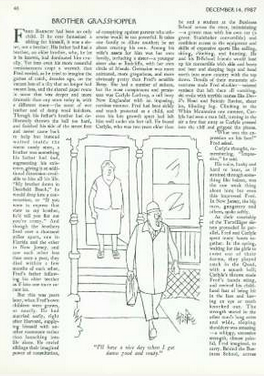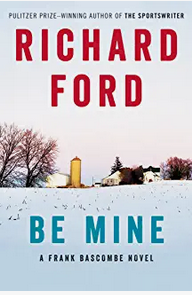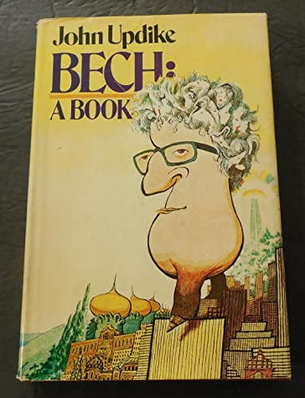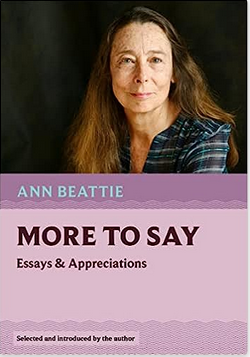Writing for FN: Really Fucking Good Coffee, an author using a pseudonym reminiscent of Ben Franklin’s Silence Dogood (Albert Goodcoffee) explored the arguments for realism versus satire in describing a Kurt Vonnegut, Jr. / John Updike “feud” that wasn’t enough of a blip on biographer Adam Begley’s screen to make it into the book. In fact, Begley reports that Updike and Vonnegut were friends and socialized when each had second wives.
That said, “Famous Literary Feuds Through History: Vonnegut vs. Updike — Satire vs. Realism” is a good read because of the literary style undercard and the arguments for and against.
“Kurt Vonnegut was a master of satire, known for his innovative and darkly humorous writing style. His novels, such as Slaughterhouse-Five and Cat’s Cradle, challenged societal norms and explored the absurdity of the human condition. Vonnegut’s wit and playful approach made him a favorite among readers who enjoyed a fresh perspective on life.
“In his work, Vonnegut blended science fiction with social commentary, creating a unique narrative style that often left readers questioning the status quo. His sharp criticism of war, bureaucracy, and the dehumanization of society struck a chord with many, earning him a loyal fan base. Vonnegut’s writing was like a rebellious teenager, refusing to conform to traditional literary norms and embracing the power of satire to expose the flaws of society.”
“On the other side of the literary spectrum, we find John Updike—a champion of realism. Updike’s writing delved into the intricacies of human relationships and the everyday struggles of ordinary individuals. He was known for his elegant prose, meticulous attention to detail, and the ability to capture the essence of human emotions.
“Updike’s celebrated Rabbit tetralogy, which explores the life of Harry “Rabbit” Angstrom, garnered critical acclaim for its realism and relatability. Through his works, Updike painted vivid pictures of suburban life in America, with all its triumphs and disappointments. His writing, often described as soul-stirring, dealt with the universal themes of love, marriage, and mortality, touching the hearts of many readers.”
Now that the “fighters” have been introduced, you can catch the rest of the bout here. Given the graphic, website name, and Franklinesque pseudonym, you can probably guess who the author is rooting for.

